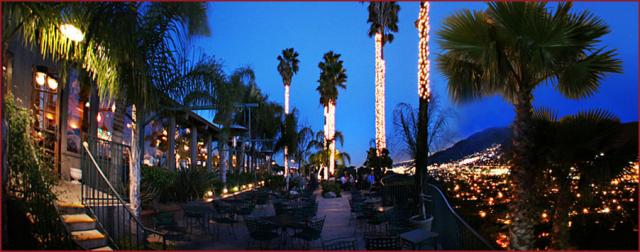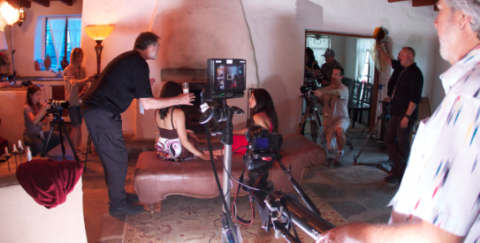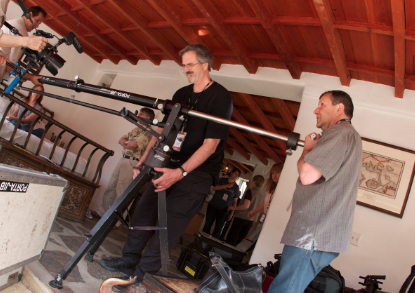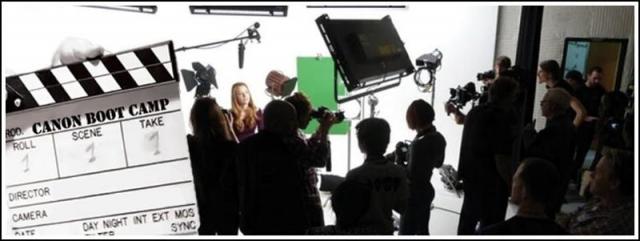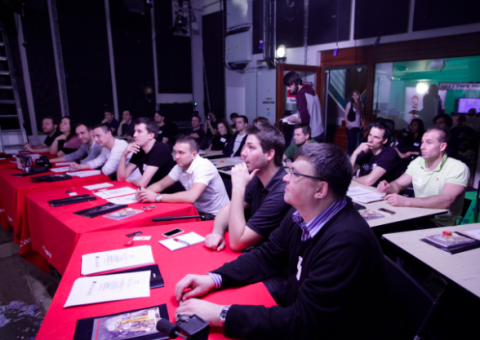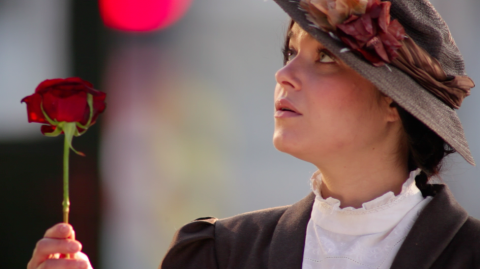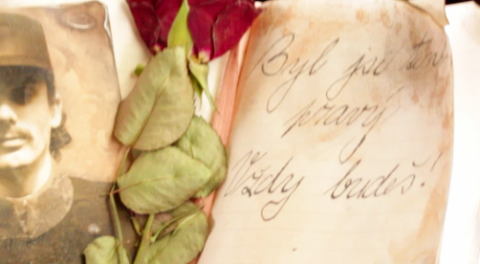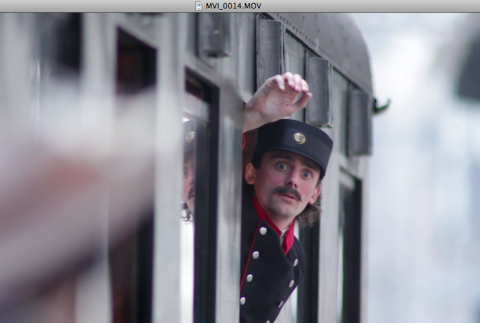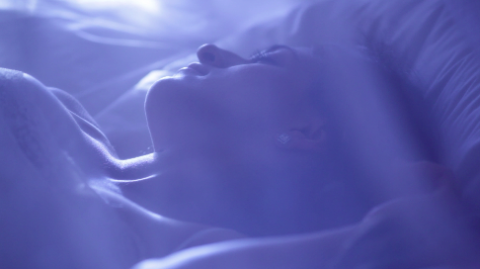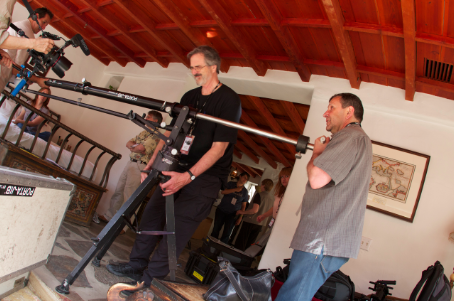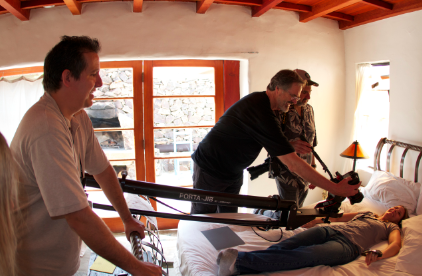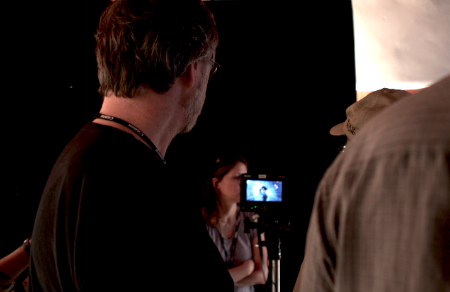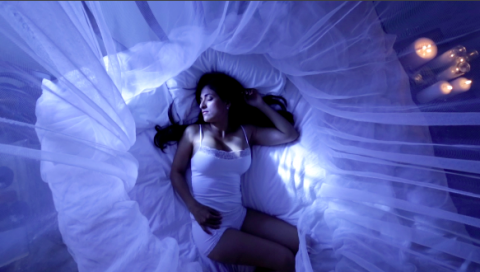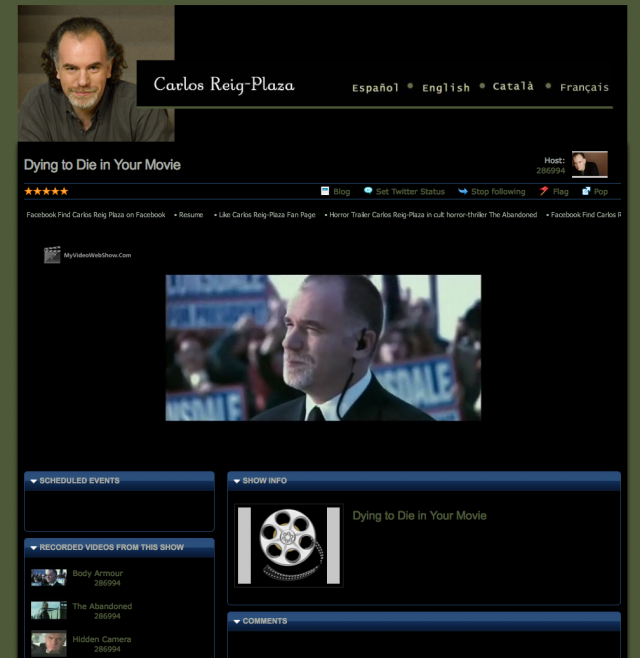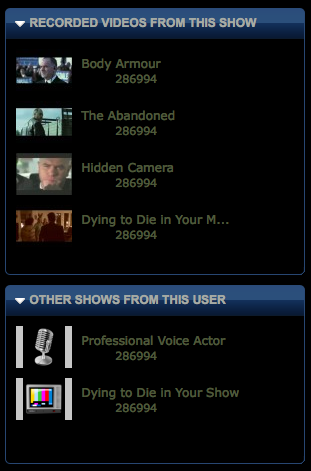Excerpt from the Canon Boot Camp Reference Manual
The Associated Press wanted their still cameras to shoot video.
The Associated Press still photographers were shooting video with pocket cameras, so the AP asked Canon if the Canon DSLR’s could shoot video.
Canon engineers faced a series of challenges to accomplish this.
Challenge One: Get the mirror out of the way so video could be shot.
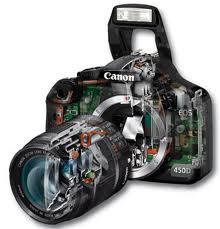
The Canon camera is a Single Lens Reflex camera, meaning it uses a mirror to reflect the image to the viewfinder for focusing. When you push the button to take a still picture, the mirror flips up out of the way briefly. For video, the mirror needs to stay up and out of the way for the duration of filming.
Solution One: Canon engineers put a button on the back of the 5D that flips the mirror up and holds it there for the duration of filming.
Challenge Two: Video requires 30 pictures per second.
The Canon 5D Mark II began life as a still camera. Its circuits are designed to output 3.9 stills per second.* The 5D Mark III can output 6 stills a second.

But for video, the circuits needed to output 24 – 30 stills per second. **

Solution Two:
When the Canon engineers were asked to make the camera produce 10 times as many pictures a second, they had a problem. Luckily, the solution was easy. The HD video picture only needs 2.07 megapixel picture to fill the screen. That’s one-tenth the size of the 21 megapixel picture the Canon 5D outputs.
![]()
So instead of having to output 3.9 BIG pictures per second . . .

. . . the sensor only had to output 30 small pictures per second.

Recap: Because HDTV only needed a 2.0 megapixel picture, the Canon could output 30 small pictures per second. This meant the engineers didn’t have to redesign the camera’s circuitry.
*The Canon 7D shoots 8 still shots a second.
**Film cameras, on the other hand, mostly shoot 24 frames per second. The 5D Mark III can shoot 24, 25, 30 and 60 frames per second.
Download the full Canon Boot Camp Reference Manual from our Facebook Page.

 Last night The Association had the pleasure of meeting Dawn Hope of the
Last night The Association had the pleasure of meeting Dawn Hope of the 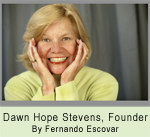 e” Peterson. Andrew Bernstein and Howard Bingham headed up the sports arena. And of course, the photojournalism end has been held up by Boris Yaro and Steve Schapiro.
e” Peterson. Andrew Bernstein and Howard Bingham headed up the sports arena. And of course, the photojournalism end has been held up by Boris Yaro and Steve Schapiro.